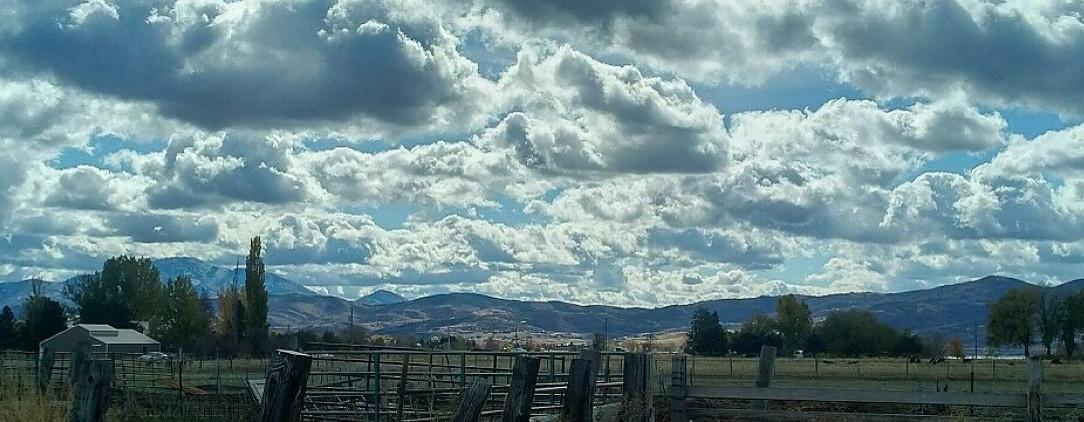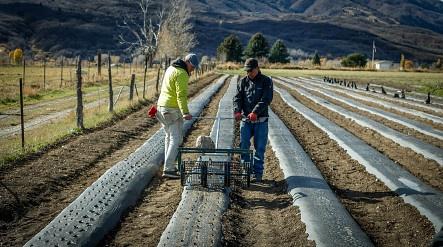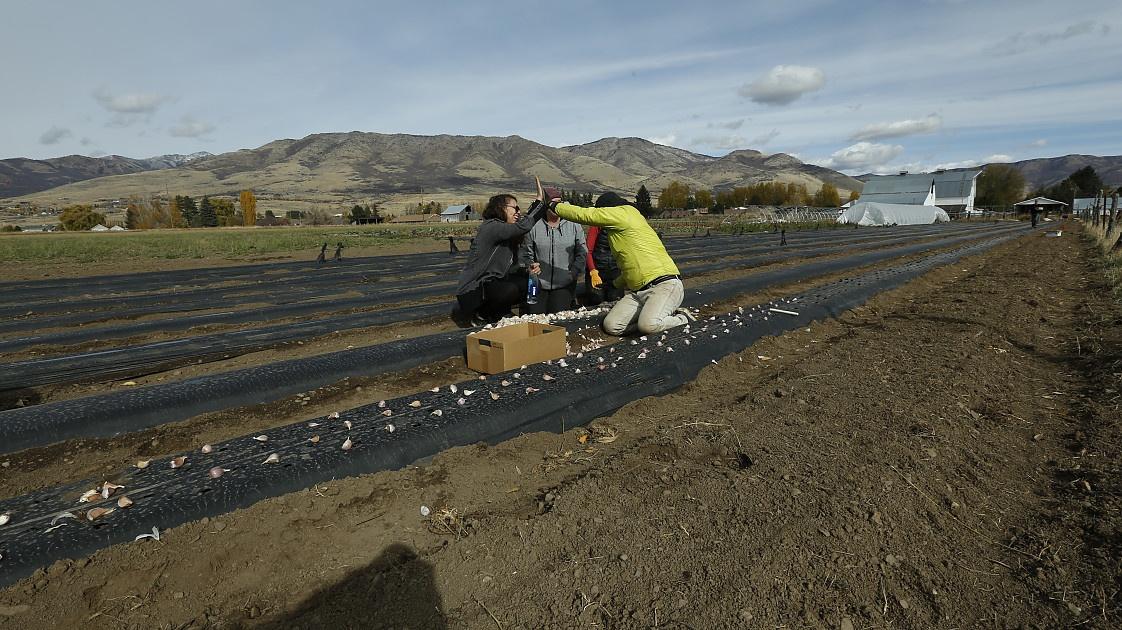Garlic Farm-To-Table
Nestled in the hills of Eden, Utah, family-owned-and-operated Sandhill Farms grows a wide variety of garlic, as well as fresh produce and herbs for individuals and local restaurants.
They have grown over 30 different varieties of rare, gourmet, and heirloom garlic from around the world.
"We will plant about 1,000 pounds of garlic. This equates to about 5,000 heads of garlic, 35,000 individual cloves, and 35,000 heads in 2018."
- Pete Rasmussen, Sandhill Farms
Sandhill Farms prides itself on the long-term fertility of its soil by using organic growing methods. The use of any chemical fertilizers, pesticides, or herbicides is strictly prohibited.
We had the opportunity to join Pete Rasmussen, known as Farmer Pete, during Sandhill Farms' volunteering day. We learned all about garlic and how to plant it and we share it with you here!
Garlic Planting Prep - "Popping Garlic"
The process of breaking apart garlic bulbs into individual cloves is what Farmer Pete calls "garlic popping". It's the individual cloves that you will plant in the ground.
Leaving as much of the papery sheath around the clove as you can help protect the clove as it grows during the winter. The very small cloves, toward the center of the bulb, are separated out and won't be planted.
And when you're a garlic farm that plants over 30,000 garlic bulbs, that's a lot of popping to do.
What Is Seed Garlic?
Seed garlic is typically selected by choosing the largest, healthiest bulbs of garlic that are harvested from the previous crop. Planting the largest cloves, usually on the outside of the bulb, helps to ensure a healthy garlic bulb will grow.
Bulb size diversity is important. With certain varieties, smaller bulbs store longer than larger bulbs.
Preparing The Soil For Garlic Planting
"Rolling Dibbler"







